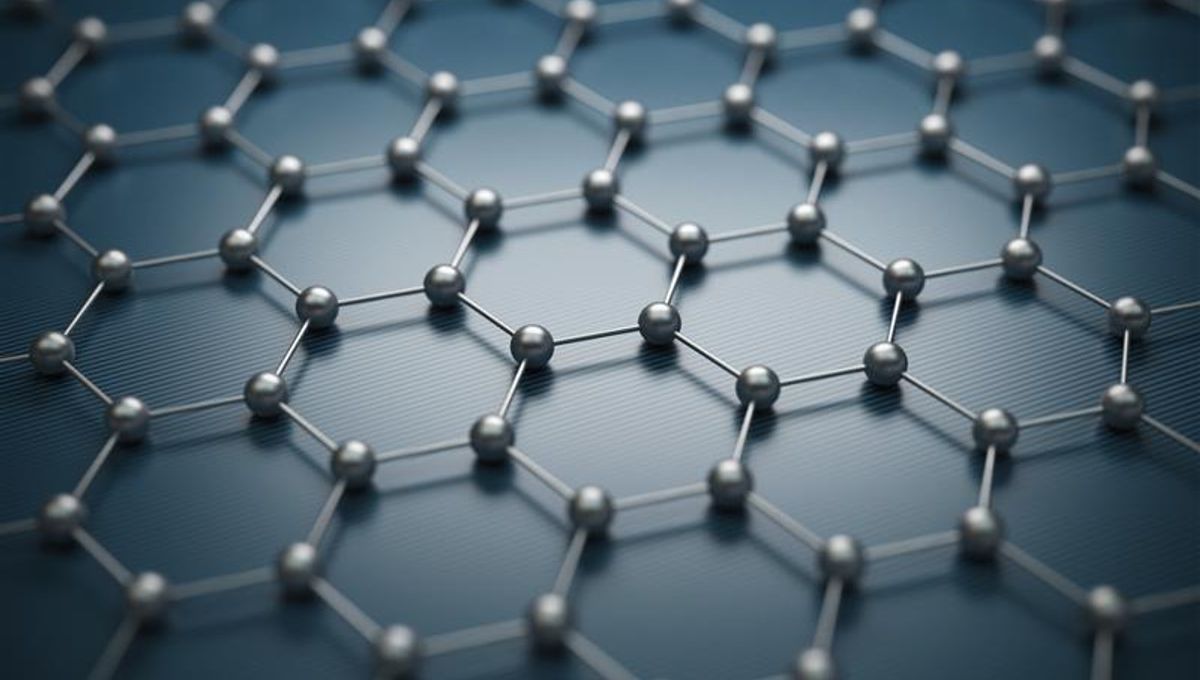
Researchers at the Massachusetts Institute of Technology have achieved the alchemist’s dream. Well, kind of. They have found a way to metaphorically turn graphite into “gold”.
The MIT physicists created a method for isolating five ultrathin flakes of graphite, one of the main components of pencil lead, that are stacked in a specific order. The resulting material can be tuned to demonstrate three important properties that have never been seen in natural graphite before now.
“It is kind of like one-stop shopping,” said Long Ju, an assistant professor in the MIT Department of Physics and leader of the work, in a statement. “Nature has plenty of surprises. In this case, we never realized that all of these interesting things are embedded in graphite.”
Ju added, “It is very rare material to find materials that can host this many properties.”
So what’s going on here? Well, graphite is composed of graphene, which is a single layer of carbon atoms that are arranged in a honeycomb-like structure of hexagons. Since it was first isolated around 20 years ago, researchers have poured a lot of attention into this mind-bending wonder material.
Then, around five years ago, MIT researchers found that stacking sheets of graphene and then twisting them so they are at slight angles to one another can give the material exciting new properties, essentially creating a new field of research – “twistronics”.
However, the latest work from MIT uncovered interesting new properties in graphene without any twisting.
Ju and colleagues discovered that five layers of graphene arranged in specific order allowed the electrons that moved around inside them to “talk with each other” in what is known as electron correlation. This phenomenon is, Ju explained, “the magic that makes all of these new properties possible.”
The material isolated by Ju and colleagues has been called pentalayer rhombohedral stacked graphene. This amazing structure is only a few billionths of a meter thick.
It’s a kind of magic
In 2021, Ju built a microscope that can quickly and relatively cheaply determine a variety of important characteristics of a material at the nanoscale. The microscope, which utilizes scattering-type scanning nearfield optical microscopy, or s-SNOM, enables scientists to identify and isolate specific stacking orders. It was while looking into multilayer graphene stacking that the researchers were able to isolate the pentalayers in the rhombohedral stacking order, which is one of more than 10 possible stacking orders.
From here, the team’s actions are best described with sandwich language to make it more digestible.
They attached electrodes to a tiny sandwich composed of boron nitride – the “bread” – that protects the “meat” of the pentalayer rhombohedral stacked graphene. The electrodes allowed them to control and tune the system with different voltages, which resulted in the emergence of three different phenomena within the material, each depending on the number of electrons in the system.
“We found that the material could be insulating, magnetic, or topological,” Ju explained. A topological material allows the unimpeded movement of electrons around a material’s edge, but not through its middle. This phenomenon is somewhat related to both conductors and insulators.
The electrons move in one direction along a kind of “highway” at the edge of the material, which is separated by a median that makes up the material’s center. This means the edge of a topological material is a perfect conductor, while its center is an insulator.
“Our work establishes rhombohedral stacked multilayer graphene as a highly tunable platform to study these new possibilities of strongly correlated and topological physics,” the team concludes in their paper.
The study is published in Nature Nanotechnology.
Source Link: Pencil Lead Can Be Turned Into Metaphorical "Gold"